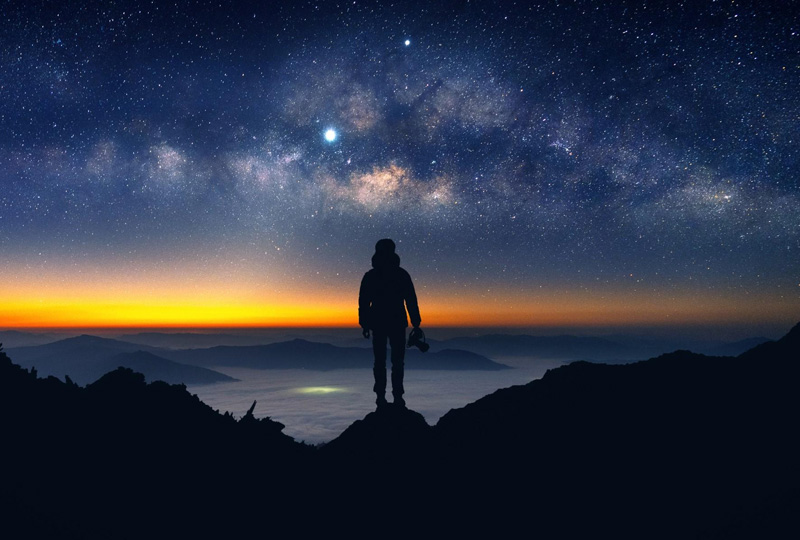How Tanzanian Climate Affects Night Sky Visibility
Tanzania is famous for its wide open skies, making it a perfect destination for stargazing and astrophotography. However, the country’s climate plays an important role in night sky visibility. Seasonal changes, humidity levels, and cloud cover can all affect how clearly you see stars, planets, and celestial events. Understanding Tanzania’s climate helps travelers plan the best time and place for their stargazing adventures.
Dry Season Skies
- The dry season, which usually runs from June to October, offers the clearest skies. With little to no rainfall, minimal cloud cover, and low humidity, this period is the best time for stargazing. National parks like Serengeti and Tarangire provide wide horizons and crystal-clear conditions, allowing the Milky Way and constellations to shine brightly. Nights are cooler, especially in highland regions, making the skies exceptionally sharp.
Wet Season Challenges
- During the wet seasons, from November to May, cloud cover and rainfall can limit visibility. Heavy clouds often block stars and planets, and increased humidity can cause the sky to appear hazy. However, in between rain showers, skies may clear up dramatically, offering short but breathtaking views. Photographers may also enjoy unique shots of stars appearing through dramatic cloud patterns.
Altitude and Temperature Effects
- Tanzania’s highland areas, such as Kilimanjaro, Ngorongoro, and the Usambara Mountains, experience cooler and drier air, which improves night sky clarity. Higher elevations reduce atmospheric distortion, giving sharper views of stars and planets. Coastal areas like Zanzibar are warmer and more humid, which can soften the sky’s sharpness but provide beautiful conditions for moonlit photography over the ocean.
Best Times for Stargazing
- The months of June to October are widely considered the best for stargazing, thanks to clear skies and cooler nights. December to February can also provide excellent conditions, especially in northern Tanzania, though occasional showers may appear. Planning around the new moon ensures darker skies, perfect for spotting faint stars, the Milky Way, or meteor showers.
Why Climate Awareness Matters
- Knowing how Tanzania’s climate affects night sky visibility ensures you choose the right time and place for your adventure. Whether you are photographing star trails, watching a meteor shower, or simply lying under the Milky Way, the right season can make the experience unforgettable.
Book Your Stargazing Experience
- At Mandari Travel, we organize stargazing tours across Tanzania, guiding you to the best locations and seasons for clear night skies. From the Serengeti plains to Kilimanjaro’s highlands and Zanzibar’s beaches, we help you enjoy the stars in their full brilliance.
Email: info@mandaritravel.com.com
Call/WhatsApp: +255 750 900 811
Fill out the form below to request a personalized quote for your stargazing experience in Tanzania.




